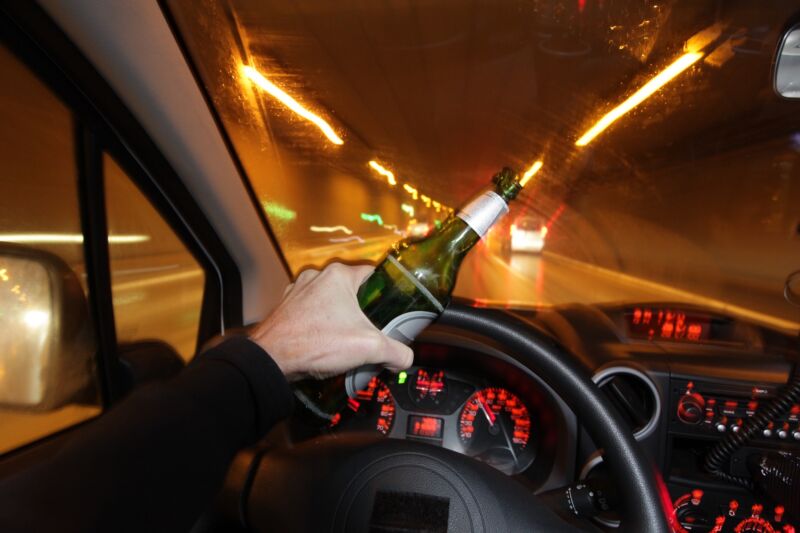

NTSB wants alcohol detection systems installed in all new cars in US
source link: https://arstechnica.com/tech-policy/2022/09/ntsb-wants-alcohol-detection-systems-installed-in-all-new-cars-in-us/
Go to the source link to view the article. You can view the picture content, updated content and better typesetting reading experience. If the link is broken, please click the button below to view the snapshot at that time.
In-car alcohol detection —
NTSB wants alcohol detection systems installed in all new cars in US
Proposed requirement would prevent or limit vehicle operation if driver is drunk.
Jon Brodkin - 9/21/2022, 4:34 PM

The US National Transportation Safety Board (NTSB) yesterday recommended that all new vehicles be equipped with alcohol detection systems that can stop people from driving while drunk.
The NTSB can't issue such a regulation on its own but urged the National Highway Traffic Safety Administration (NHTSA) to do so. The NTSB said it "is recommending measures leveraging new in-vehicle technologies that can limit or prohibit impaired drivers from operating their vehicles as well as technologies to prevent speeding."
If adopted, this would require "passive vehicle-integrated alcohol impairment detection systems, advanced driver monitoring systems or a combination of the two that would be capable of preventing or limiting vehicle operation if it detects driver impairment by alcohol," the NTSB said. The agency urged the NHTSA to "require all new vehicles to be equipped with such systems."
Under a US law enacted last year, the NHTSA is already required to examine whether it can issue this type of rule.
While drunk driving is a longstanding problem that has caused many deaths, the NTSB said its recommendation was spurred by its investigation into one crash that killed nine people—including seven children—in January 2021 on State Route 33 near Avenal, California. On that two-lane highway with a speed limit of 55 mph, an SUV driver leaving a New Year's Day gathering "was driving at a speed between 88 and 98 mph," the NTSB report said.
AdvertisementNine dead in drunk-driving crash
The driver failed to maintain control of his vehicle due to alcohol use, and "his blood alcohol concentration was more than double California's per se legal limit of 0.08 grams per deciliter," the NTSB said. The crash killed the SUV driver and eight people in a pickup truck, the agency said:
The SUV partially departed from the paved roadway onto a dirt and gravel shoulder area to the right. The SUV driver then made a steering correction to the left, causing the vehicle to go out of control. The SUV crossed the highway centerline and intruded into the northbound lane directly in front of a northbound pickup truck, which was occupied by an adult driver and seven passengers, ranging in age from 6 to 15 years old, and was traveling at a speed between 64 and 70 mph. The SUV and pickup truck collided head-on. The pickup truck immediately caught on fire, and other vehicle operators on SR 33 who stopped at the crash scene had insufficient time to extricate any occupants before fire engulfed the truck. As a result of the crash, the SUV driver and all eight pickup truck occupants died.
While post-crash toxicology tests "detected evidence of cannabis use, the NTSB was unable to determine whether the effects of cannabis use contributed to the driver's impairment," the NTSB said. The probable cause of the fatal crash "was the failure of the sport utility vehicle (SUV) driver to control his vehicle due to a high level of alcohol impairment," the NTSB said.
We asked the NHTSA today if it plans to require new vehicles to be equipped with alcohol detection systems. An NHTSA spokesperson responded with a statement saying, "The only acceptable number of impaired driving crashes is zero. The agency has initiated work to meet the Bipartisan Infrastructure Law's requirement for rulemaking concerning advanced impaired driving technology in vehicles." The law was enacted in November 2021.
Page:
Recommend
About Joyk
Aggregate valuable and interesting links.
Joyk means Joy of geeK